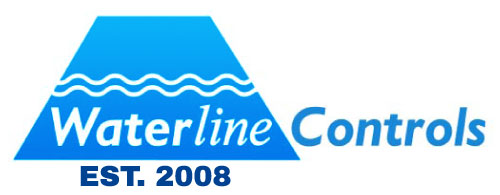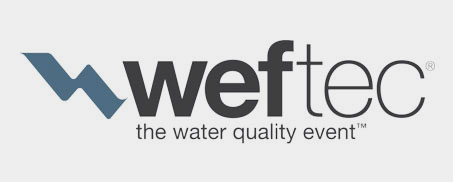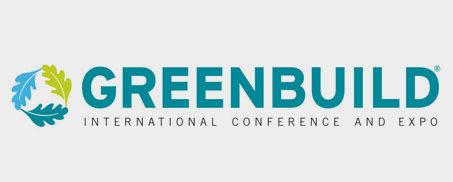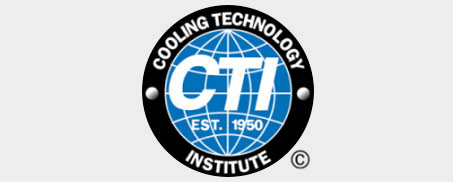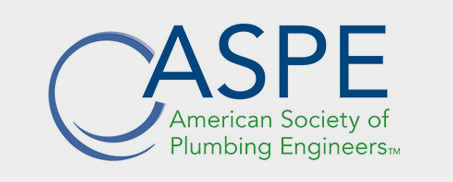Liquid level indicators provide operators with data on water levels, and it remains up to the operator to interpret the data. They are commonly used in open-loop control systems and its not uncommon to see them used to help calibrate automatic control systems. At Waterline Controls™, we are knowledgeable about the basic types of water level indicators that are available and, based on customer feedback and our own 20+ years of experience in the industry, have developed our own solution.
Types of Water Level Indicators
There are five basic types of commercially used water level indicators: capacitive, ultrasonic, frequency, guided wave GWR, and pressure transducers. Each of these commonly used indicators have benefits, and each has its drawbacks.
Capacitive Water Level Indicators
Capacitive water level indicators use a capacitive sensor to measures the water level. They determine the level of water by measuring the capacitance between two probes. Capacitive indicators are very sensitive to water quality and there is no universal sensor that works for all geographical regions. While not suitable for use as water level controls, they can be used as water level indicators.
Ultrasonic Water Level Indicators
Ultrasonic sensors indicators reflect high frequency sound waves off the surface of the water and then measure how long it takes for the wave to reflect back. While this non-contact method works well for for certain very corrosive chemicals, it has significant limitations. False readings can when there is foam on the surface of the water or if there are reflective surfaces within the tank. These indicators are also challenging for technicians troubleshoot and calibrate.
Frequency Level Indicators
Frequency level indicators make use of radar-based technology. With this type of liquid level indicator, a energy pulse of microwaves is bounced off the surface of the liquid. The level of the liquid is determined by measuring how long it takes for the microwave signal to echo back to the transmitter. This non-contact method works very well with corrosive liquids, and it is not sensitive to changes in density, conductivity, or fluid dielectric. Installation can be an issue because the transmitter must have an unobstructed, unrestricted view of the surface. It is also sensitive to reflective surfaces within the tank or vessel.
Guided Wave Radar Level Indicators
The theory behind Guided Wave Radar (GWR) liquid level indicators is similar to that of the frequency level indicators just discussed. To measure the level of water, a low energy pulse of microwaves is sent down a probe that extends into the water. At the point where air and water interface on the probe, a large portion of the microwaves are reflected back up to the transmitter. The GWR indicator determines the level of the water based on the time delay between the initial pulse and when the echo signal is received. GWR is not as sensitive to water characteristics as some methods, provides good accuracy, and works with not just liquids but sludges and slurries, too. It does have its drawbacks, however: probes are susceptible to plating, fouling, and buildup.
The Waterline Controls™ Water Level Indicator
At Waterline Controls™, we have developed our own water level indicator that has an average service life of 15 years and provides 99% accuracy. Our ETL-listed water level indicator sensors are electronic and software driven with no moving parts within the water. Only low-voltage and low-current is required, and our sensor probes are accurate up to ⅛”.
Our sensor probes are extremely robust. The sensor tips will never plate, foul, or deteriorate and water quality is never an issue. There are no issues with reflective surfaces inside the tank, nor do changes in density, dielectric, or conductance pose any problems. Foaming and turbulence do not affect the readings, either. Our line of water level indicators are compact and easy to install.
Little if any maintenance is required. Installation and integration with existing systems is extremely simple, and troubleshooting is easy with a press-to-test-switch. And all parts have a five-year limited warranty.
Ready to Make a Change?
Are you ready to implement a modern, robust, low-maintenance, accurate, and economical water level indicator in your application? Whether it’s a sump pump, a cooling tower, a fire protection system storage tank, a well, or water system surge tanks, we have a solution for you at Waterline Controls™.
PROUDLY MADE IN THE U.S.A. 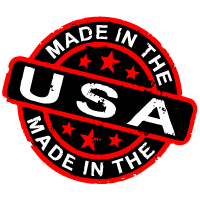
All of our liquid level controls and liquid level sensors are assembled right here in the U.S.A.
where we monitor every step of the process.
NOT SURE WHAT YOU NEED? JUST CALL BECAUSE WE’RE HERE TO HELP! 480-905-1892
We offer products comparable to the products offered by the above companies. See our website pages for further information on the products. The tradenames and trademarks in this page are owned by their respective companies or are the same name as the company. They are mentioned for comparison purposes only. They are in no way affiliated with System Dynamics, Inc or WaterLine Controls.
